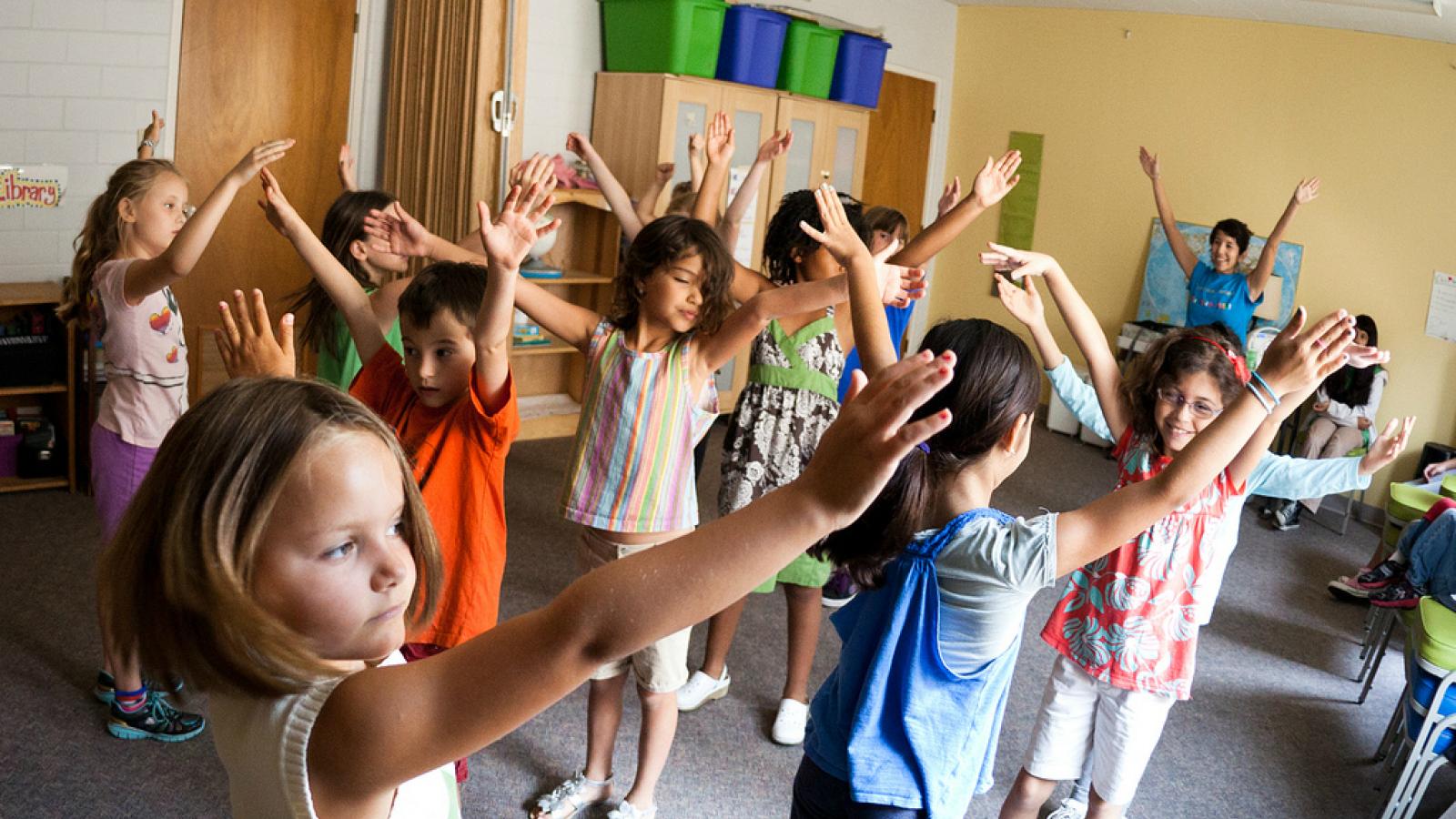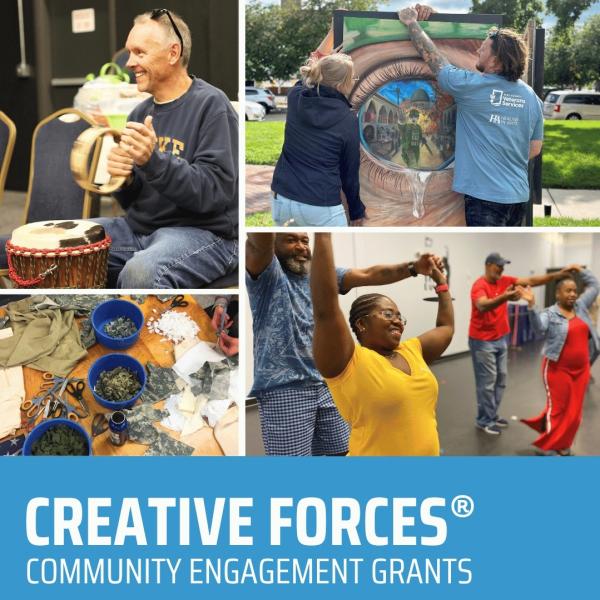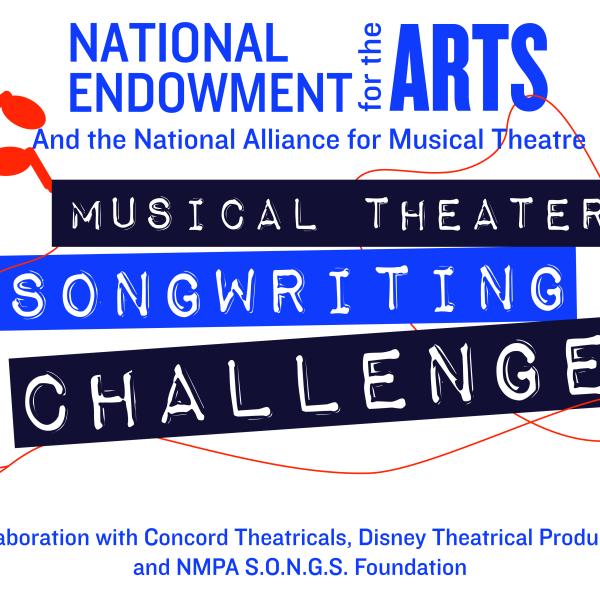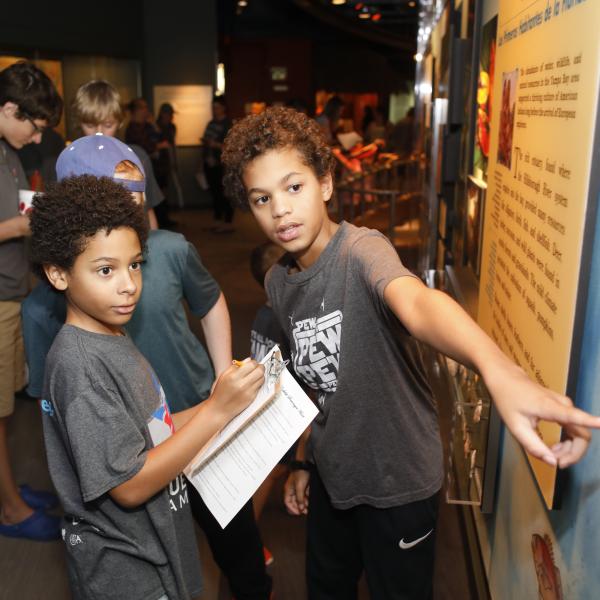Arts and early childhood development focus of new NEA research

Washington, DC—In their first years, children experience rapid and important emotional, physical, and cognitive growth. What role do the arts play in early childhood development? A new report from the National Endowment for the Arts looks at research on how the arts affect young children from birth to age eight. The news is good, but several research questions remain, according to this literature review.
The Arts in Early Childhood: Social and Emotional Benefits of Arts Participation: A Literature Review and Gap-Analysis (2000-2015) synthesized findings from 18 recent reports in psychology and education research journals. These studies focused on the social and emotional outcomes of young children who participated in art forms such as music, dance, theater, drawing, and painting. These quantitative studies looked at typically developing populations, as well as children with autism spectrum disorder. Among the findings:
Social skills and the arts – several studies revealed positive associations between arts activities and developing social skills, such as helping, sharing, caring, and empathizing with others.
- Parents who reported singing to their child at least three times a week were more likely to report that their child had strong and sophisticated social skills. Children assigned to an eight-week dance group demonstrated improvements in social skill development and reductions in anxiety and aggression compared to a control group.
- Infants who participated in a six-month active music group with singing and dancing had better emotional regulation behaviors than did infants in a passive music group, where music was played in the background while infants did other activities.
- In another study, children were asked to think of a past negative event. Some of those children then were instructed to draw a house to distract themselves; the other children were instructed either to draw the negative event or to copy another drawing. The children who drew to distract were better able to improve their mood compared to the other children.
- Gender is an important attribute in child development; however, this review did not find gender differences in the link between the arts and social-emotional outcomes.
- Toddlers from low socio-economic status (SES) backgrounds who were in schools that included an arts integration program had more positive emotional expression and improved emotional regulation over the course of the school year when compared to a control group of low SES toddlers.
- Autism, which is usually diagnosed by age three, is a neurological development disorder that impairs social skills, language, and communications. In one study, autistic children ages three to five had more positive outcomes (such as making and maintaining eye contact) when they participated in music sessions than when they took part in play sessions.
Contact
Sally Gifford
NEA Public Affairs | 202-682-5606




